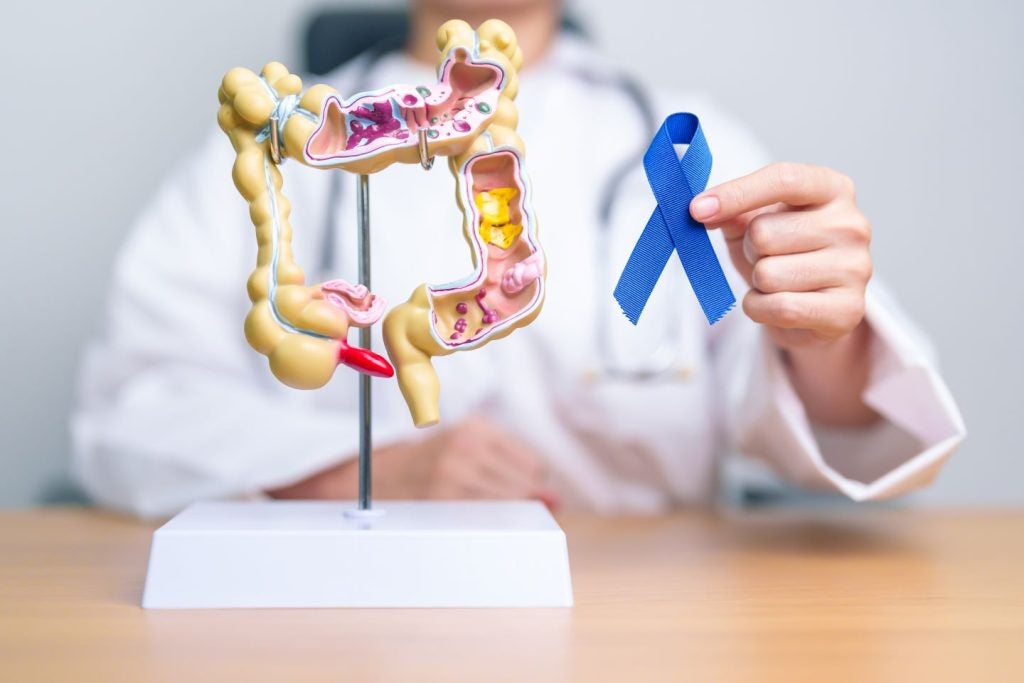United Therapeutics has been granted a patent for modular synthetic receptors that feature an extracellular domain for ligand binding, a Notch receptor-derived transmembrane domain, and an intracellular domain capable of functional activity upon release. The receptors may enhance therapeutic applications through their unique binding and release mechanisms. GlobalData’s report on United Therapeutics gives a 360-degree view of the company including its patenting strategy. Buy the report here.
According to GlobalData’s company profile on United Therapeutics, Cancer treatment biomarkers was a key innovation area identified from patents. United Therapeutics's grant share as of July 2024 was 41%. Grant share is based on the ratio of number of grants to total number of patents.
Modular synthetic receptors for ligand binding and activity initiation
The granted patent US12049488B2 describes a modular synthetic receptor designed for specific ligand binding and functional activity initiation. The receptor consists of three main components: an extracellular domain that binds to ligands, a transmembrane domain derived from a Notch receptor, and an intracellular domain that can trigger functional activities upon release. The extracellular domain can be either a human CD3-specific single chain Fv molecule fused to the Fc region of human IgG1 or a single chain Fv derived from dinutuximab, also fused to the Fc region of human IgG1. The receptor is engineered to undergo proteolytic cleavage upon ligand binding, allowing for the potential release of the extracellular and intracellular domains.
Further claims detail the functional capabilities of the synthetic receptor, including the ability of the extracellular domain to maintain ligand binding and perform activities even after release. The functional activities may include antibody-dependent cellular cytotoxicity, complement-dependent cytotoxicity, or enzymatic functions. The intracellular domain is designed to stimulate or inhibit various intracellular activities and may include transgenes encoding human interleukins, such as interleukin 2 and interleukin 12. Additionally, the receptor can incorporate fusion proteins made from the human CTLA4 extracellular domain and the Fc region of human IgG1. The patent encompasses synthetic receptors derived from Notch receptors across various species, including humans, mice, and flies, highlighting its broad applicability in therapeutic contexts.
To know more about GlobalData’s detailed insights on United Therapeutics, buy the report here.
Data Insights
From

The gold standard of business intelligence.
Blending expert knowledge with cutting-edge technology, GlobalData’s unrivalled proprietary data will enable you to decode what’s happening in your market. You can make better informed decisions and gain a future-proof advantage over your competitors.







